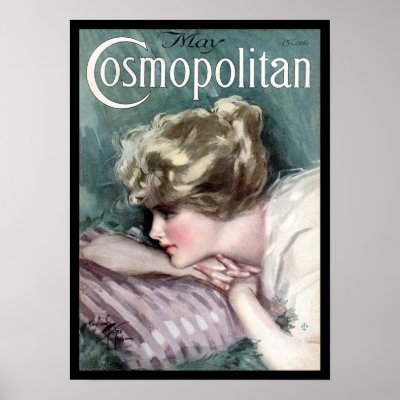When most people think of technology and how it can make our lives easier, they probably do not think of shoplifting and how technology can make the job of Loss Prevention easier. As a Loss Prevention officer, sometimes I don’t know how anybody caught shoplifters in the past without the use of technology. The use of video surveillance systems not only works to deter theft, but it makes the observation of theft so much easier to find and watch.
The most commonly used video surveillance system in the retail industry is closed circuit television, or CCTV as it is commonly called. This is the system that I work with at my Loss Prevention job at Sears, and it has been extremely effective in catching shoplifters. Cameras are mounted on the ceiling all around the store and then covered by a ceiling tile dome, which is bubble-shaped and tinted so no one can see where the camera is pointing. Despite the tint of the dome, the video captured by the camera is not affected in any way. These cameras can pan and zoom in so close, we can read the text messages employees are sending while they are on the sales floor (and then we can go yell at them for having their cell phones out while working).
Every single camera in the store (in Sears, there are about thirty) is hooked up to televisions and recording devices in the Loss Prevention office. There are two large, flat-screen televisions that constantly show all camera images in a grid-like fashion, so all cameras can be seen at one time, although we can call up any camera to take up the entire screen. Both of these TVs are hooked up to a DVR system, so we can go back and look at any footage from any camera as far back as two weeks. We can also burn footage from any camera onto DVD from the DVR system.
 |
| The Loss Prevention office at Sears South Burlington...also known as my second home. |
Aside from these two televisions, there are twenty small televisions that display the camera’s current image for twenty different cameras. These televisions are a bit outdated and only project the image in black-and-white, but they do offer us constant surveillance of the sales floor. Finally, we have two nineteen-inch flat-screen TVs that are hooked up to VHS/DVD combo players. These televisions are hooked up to the keyboards we use to control the cameras. We can call up any camera onto the 19-inch televisions by punching in the number of the camera desired, and then we can pan and zoom the camera as we see fit, allowing us to observe shoppers’ behaviors, merchandise selections, and possible concealments. Using good old-fashioned videotapes, we record everything that is brought up on the nineteen-inch TVs. That way, if we do catch someone shoplifting using CCTV, we can quickly burn the video footage of the theft onto DVD as evidence to be handed over to the police.
 |
| Our Loss Prevention mascot, Alfie...sleeping on the job as usual! |
When a shoplifter steals from our store, we must wait until he/she exits before we can apprehend him/her. To ensure the thief doesn’t escape, one LP officer goes out to the sales floor and follows the suspect, while another stays in the office to get constant CCTV surveillance. Using the technology of cell phones, the two officers are able to communicate with one another about the whereabouts of the suspect without looking suspicious or being overheard.
Last month, technology really helped us catch a thief who was actually an employee of Sears. Suspecting that this man had been stealing money from the cash register at closing time, we set up a small covert camera in the ceiling directly above the cash register. This camera gave us a better angle that we could not get with our regular cameras, and was so small it went unnoticed. Little did our thief know that there was a camera directly above him watching his every move. We caught him red-handed (or, rather, green-handed) stealing cash from the register, and fired him two days later. It’s things like that that really make me love my job.
Loss Prevention isn't just all serious...it's damn funny sometimes, too. This video is a bit lengthy, but totally worth it. Video courtesy of YouTube.com
Sure beats a rooftop stake-out like Cary Grant did in To Catch a Thief, doesn’t it?

